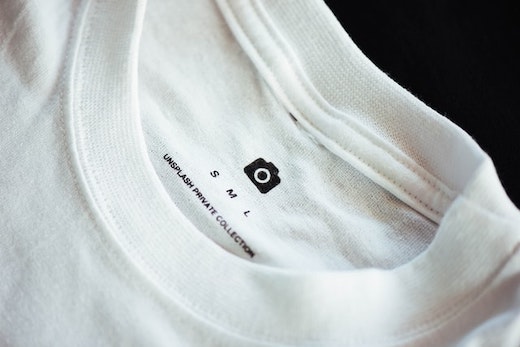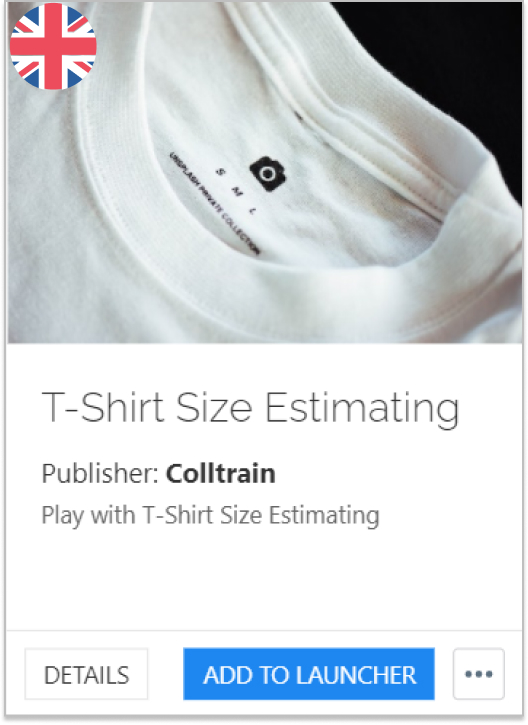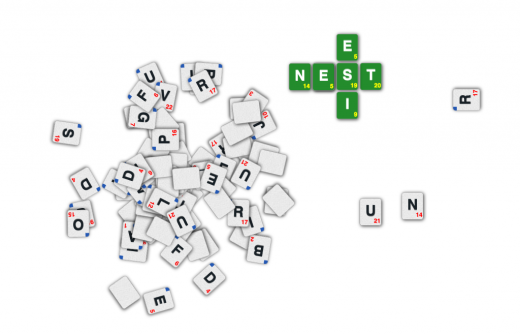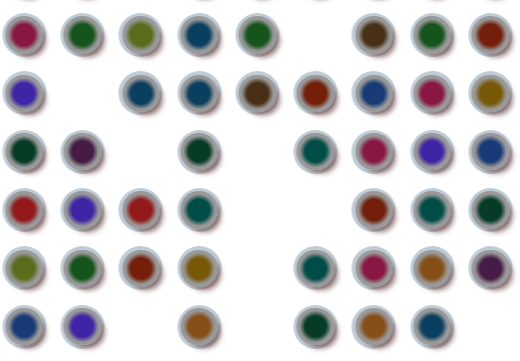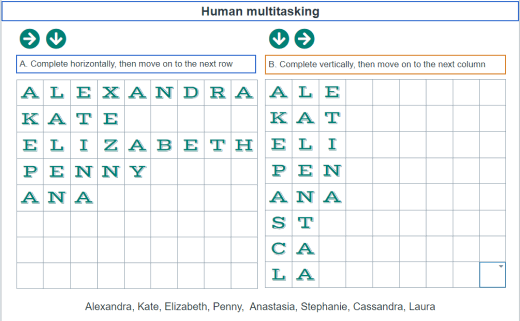Agile Estimating using
T-Shirt Size
This Agile estimating technique brings people closer to an agreement. Useful when estimating tends to reveal or widen the gap in perception
Description
This activity helps participants practice working with the estimating technique. It reduces complexity and smooths the difference in perception. And it does it without any complicated formulas and without wasting any time. Participants switch from numerical estimation to estimating based on the t-shirt sizes S-XL. This is how they reach a common ground in an easier and quicker way. Unlike numbers, relative estimating allows team members to think in more dimensions. Numbers are often associated with time, while t-shirt sizes can represent more complex ideas. To give you an idea, think of work hours, effort, and complexity.
Flow
Introduction
- Introduce the activity to the participants.
- Split them into teams.
- Encourage the teams to nominate an observer. They will provide the team with feedback on the way the team put the technique into practice.
- Agree upon the sizes’ representation, by giving a few examples, like M stands for things similar to…
- Join each team and provide the activity link.
Work
- The team members take the cards out of the set one by one. They discuss the daily chore written on it. They have to decide which t-shirt size is an appropriate match. To do this, they consider the time and effort they need to perform it.
- Once they decide, they place the card on the board, in the right section.
- The set contains 20 cards with activities written on them.
- There is no ideal solution, the process of estimating and getting to an agreement is the main goal.
Debrief (suggested)
- The observers will present their findings about this process. You can brief them beforehand to look at certain aspects. For example:
- who led the process
- when did they find it difficult to stick to the technique
- how quickly did they overcome an impasse, etc
- The facilitator may ask the following questions:
- How satisfied are you with the outcome, and with what happened in the breakout room?
- What challenges did you face during this activity? What or who helped you overcome them?
- How helpful do you find this technique?
- What resources do need to implement this approach in your professional activity?
Variations
n/a
Additional info
This activity follows activity type guide from CARTA
